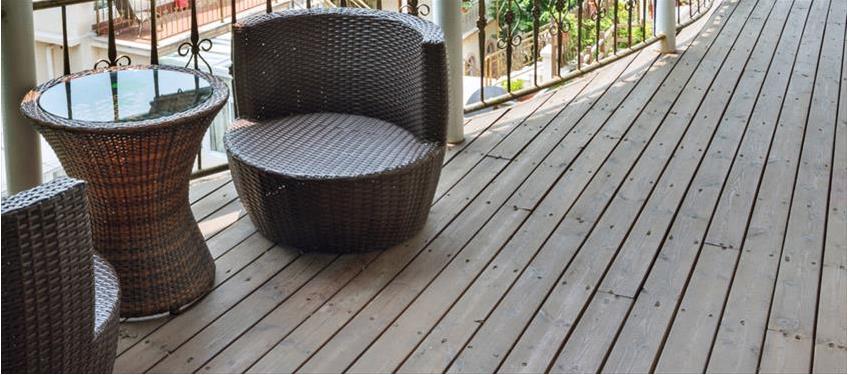Fixing 'cupped' hardwood flooring

One of the biggest issues which can arise from hardwood flooring is cupping of the boards, which is where the wood becomes misshaped because of a change in moisture where they have been laid. This can occur in various different ways - from the wood curling at the edges to being warped at the centre of the plank. Either way, you must fix it to make your floor smooth and flat again.
Five Steps For Fixing Cupped Flooring
The moisture content of hardwood flooring is influenced by the humidity and temperature of the surrounding air. Wood will lose or gain moisture until it is in balance with its environment. Higher humidity often causes the expansion of wood, because the wood absorbs the increased water moisture from the air. Lower humidity usually causes wood to shrink as it releases the excessive moisture back into the air. These changes can happen through seasonal changes which occur naturally, but also through a water leak from, for example, a faulty dishwasher or washing machine. Fortunately you do not need to replace your flooring if you have a cupping problem, as following the correct steps can fix the issue and prevent it happening again.
- Obtain a moisture level metre so you can measure the moisture content so you can determine the scale of the problem. Use fans and heaters to dry out the wood and measure regularly. A difference of 1% or more between the top and bottom of the planks indicates they require further drying.
- Carefully remove the skirting boards so you can reinstall them after you have fixed the floor. Cover all the doorways and windows to stop any dust from spreading into other rooms of the house, and vacuum the floor so you have a clean area to work in.
- Obtain a sanding machine which can be rented out from a DIY tool provider. Attach 36-grit sandpaper and then use the machine with the grain of the wood to remove the top layer of finish and sand down the edges along each plank affected by the cupping. Choose a sander with a built in vacuum to stop dust building up.
- Attach 50-grit sandpaper to the sander and go over the entire surface of the floor again. This should remove any scratches as well as the remainder of the high areas caused by the cupping. If possible, use a hand sander with the same sandpaper to go around the edges where the sanding machine cannot reach. Then apply 80-grit to your sanders and repeat this step.
- Now cover the entire floor with urethane and let it dry out overnight. When applying move from one side to the other so you can ensure an even amount is applied. Now sand the floor again, but this time with a pole sander and 120-grit sandpaper, before applying another coat of urethane. Repeat this process using finer sandpaper each time. Reattach the skirting boards and apply a suitable varnish to protect the wood.



